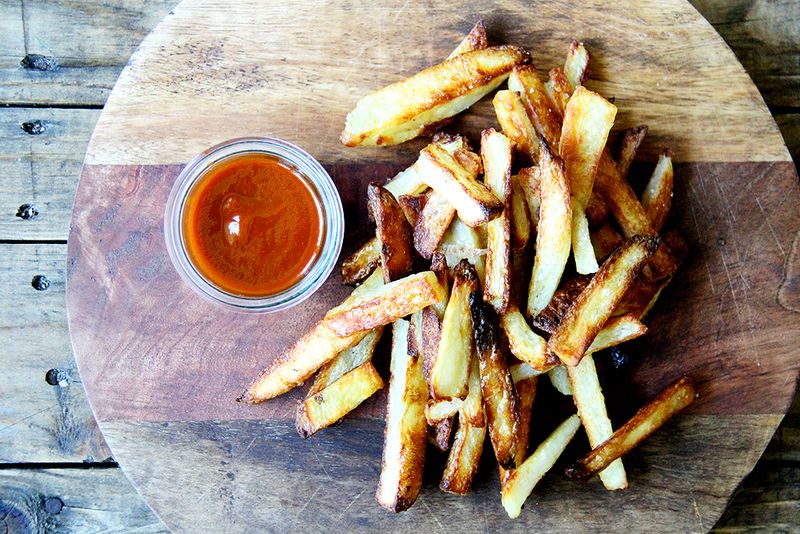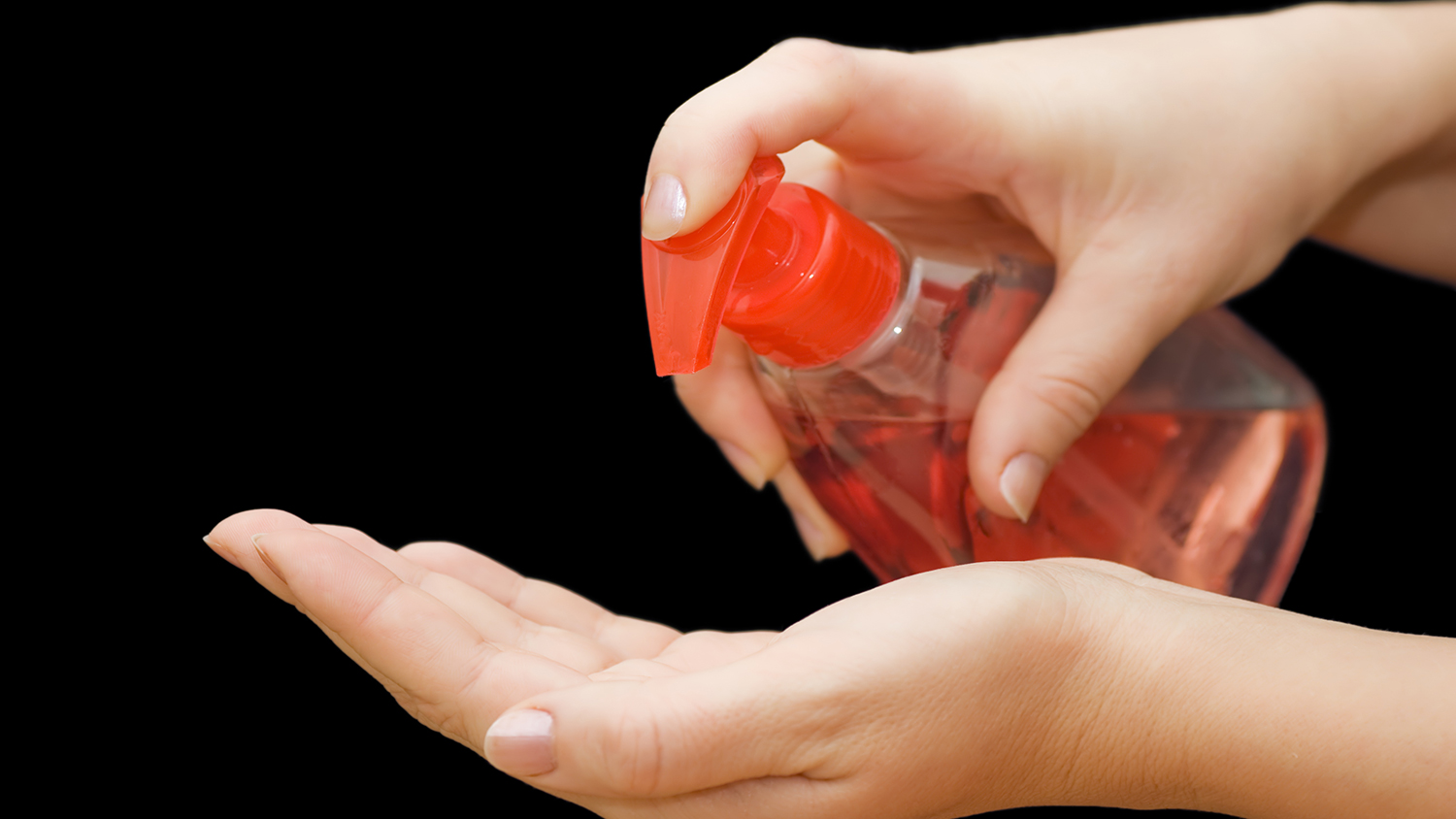Q. Several years ago, in consideration of our ongoing water woes here in California, I started using hand sanitizer almost exclusively. However, I have always wondered if this actually saves water. I have no idea of the amount of water it takes to produce sanitizers. Am I way off base?
Kathleen K.
Lake Forest, CA
A. Dearest Kathleen,
You’re not the only one whose dedication to water conservation has reached the bathroom sink — recently, organizations ranging from Duke University to California State Parks to Hearst Castle have replaced soap-and-water handwashing stations with handy squirts of sanitizer. It’s quick, tingly, and keeps you from having to crank on the faucet. But does it really represent water savings?
One hand sanitizer company, GOJO (maker of the popular Purell), has hard data on this question. According to its 2013 sustainability report, the company uses 1.7 gallons of water per 1,000 “uses” of their products — basically, the amount of sanitizer you’d use for a single washing-up session. You don’t have to do the math to see that’s a tiny amount of water.
Soap-and-water washing, on the other hand, requires water use every time. If you follow the CDC’s recommended 20-second cleansing period while leaving the water running, and you have a typical 2.2 gallons-per-minute faucet, you’d be using .73 gallons of water for each wash — which can add up quickly, given all the cooking, sneezing, coughing, and bathroom-going one accomplishes in a day.
But still, Kathleen, I’m going to point you back to the bathroom tap for your future hand-cleaning sessions. Why, especially in times of such dire drought? It’s simple: Medical research states clearly that soap-and-water sudsing takes care of disease-causing pathogens such as norovirus or Clostridium difficile better than sanitizers. This is especially true if your hands are at all dirty, greasy, or otherwise soiled. Scrubbing up and physically rinsing germs away — which is what you’re doing when you wash your hands, not actually killing germs — is the name of the game for health honchos like the CDC and the Mayo Clinic, and I don’t want you (or anyone else) coming down with anything this fall, Kathleen.
Even though we’ve just declared handwashing a worthy use of water, there’s no need to be wasteful about it. Switching to a Water Sense faucet, which flows at a more sedate 1.5 gallons per minute, would knock that down to .5 gallons per wash. Much better, however, would be to wet your hands quickly, lather and scrub for those 20 seconds, and then turn the tap back on to rinse. I just timed myself in the name of science, and a mere five seconds of running water is more than adequate to get the job done.
The soap you use matters too, Kathleen: According to the EPA and this U.K. analysis, foaming soaps (the kind that come in a dispenser that “whips” it into a bubbly brew, rather than the more lotion-y detergents) save water because they’re easier to spread and lather up. More good news: Foaming soaps mean less product used and less packaging required. I love a nice handmade bar of soap as much as the next GINK, but in times of Mad Max-level water stress, perhaps it’s the foam that belongs at home.
All this is not to say that hand sanitizers don’t have their place. They do — when you’re on the go, camping, picnicking, or otherwise lack easy access to a sink. For those instances, may I suggest choosing a sanitizer that’s at least 60 percent alcohol? This type is most effective at slaying germs, and again, I care about your health. Nothing ruins a lovely fall day like the sniffles (or worse).
Hygienically,
Umbra



